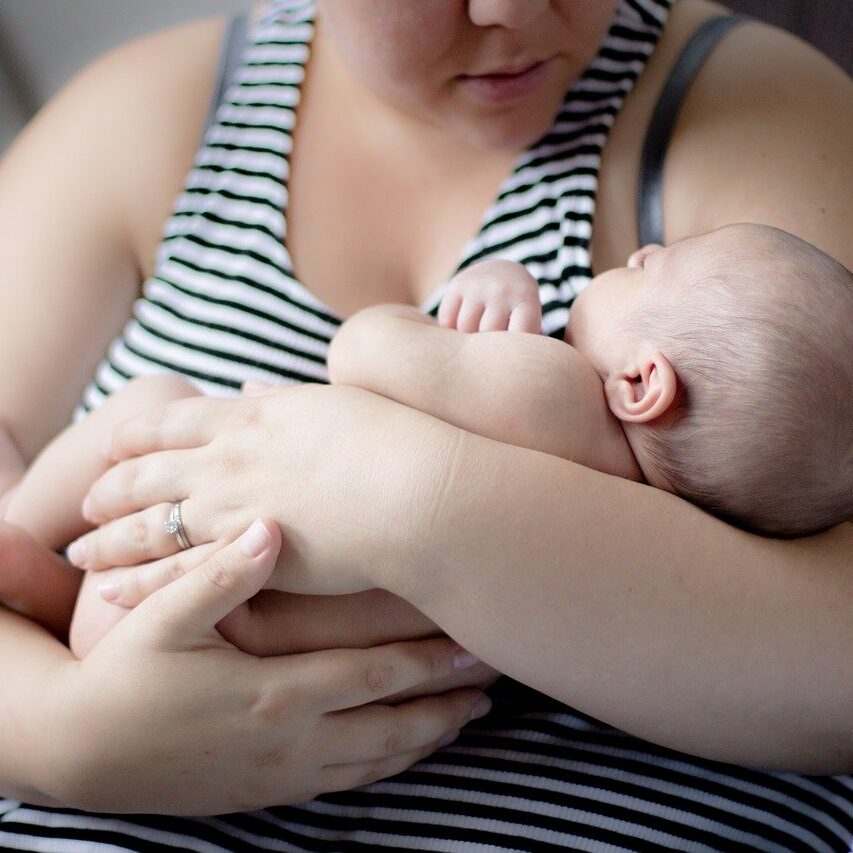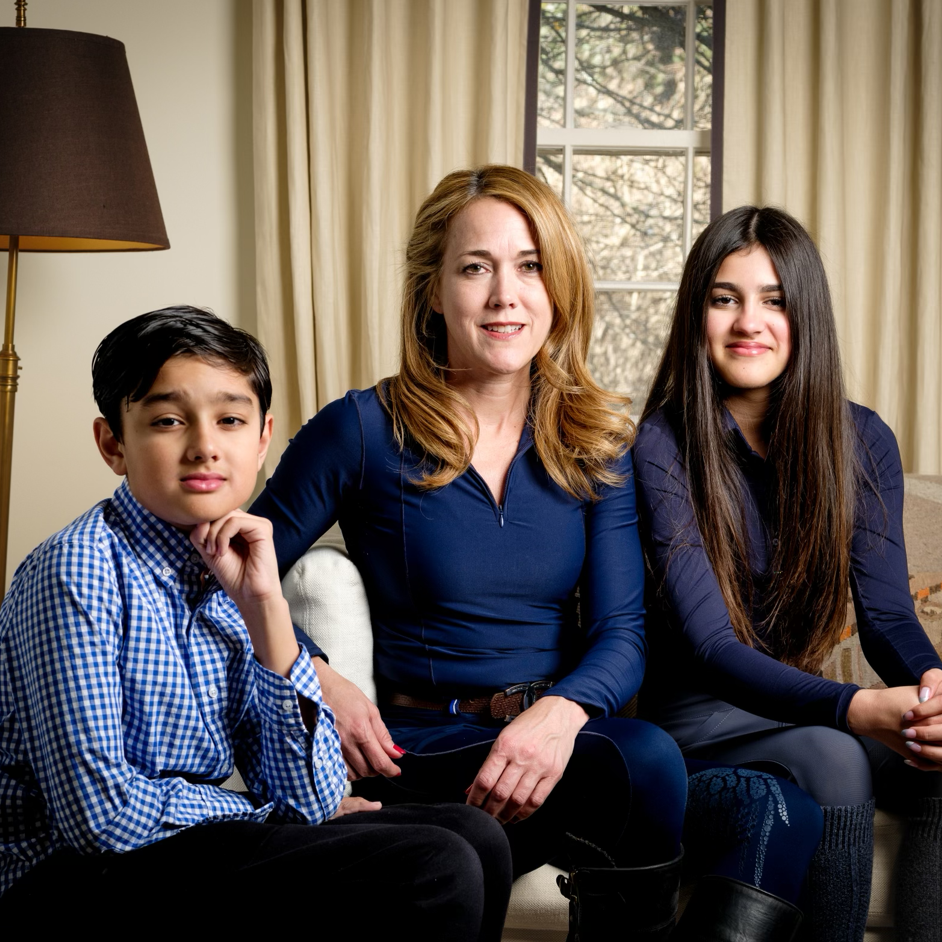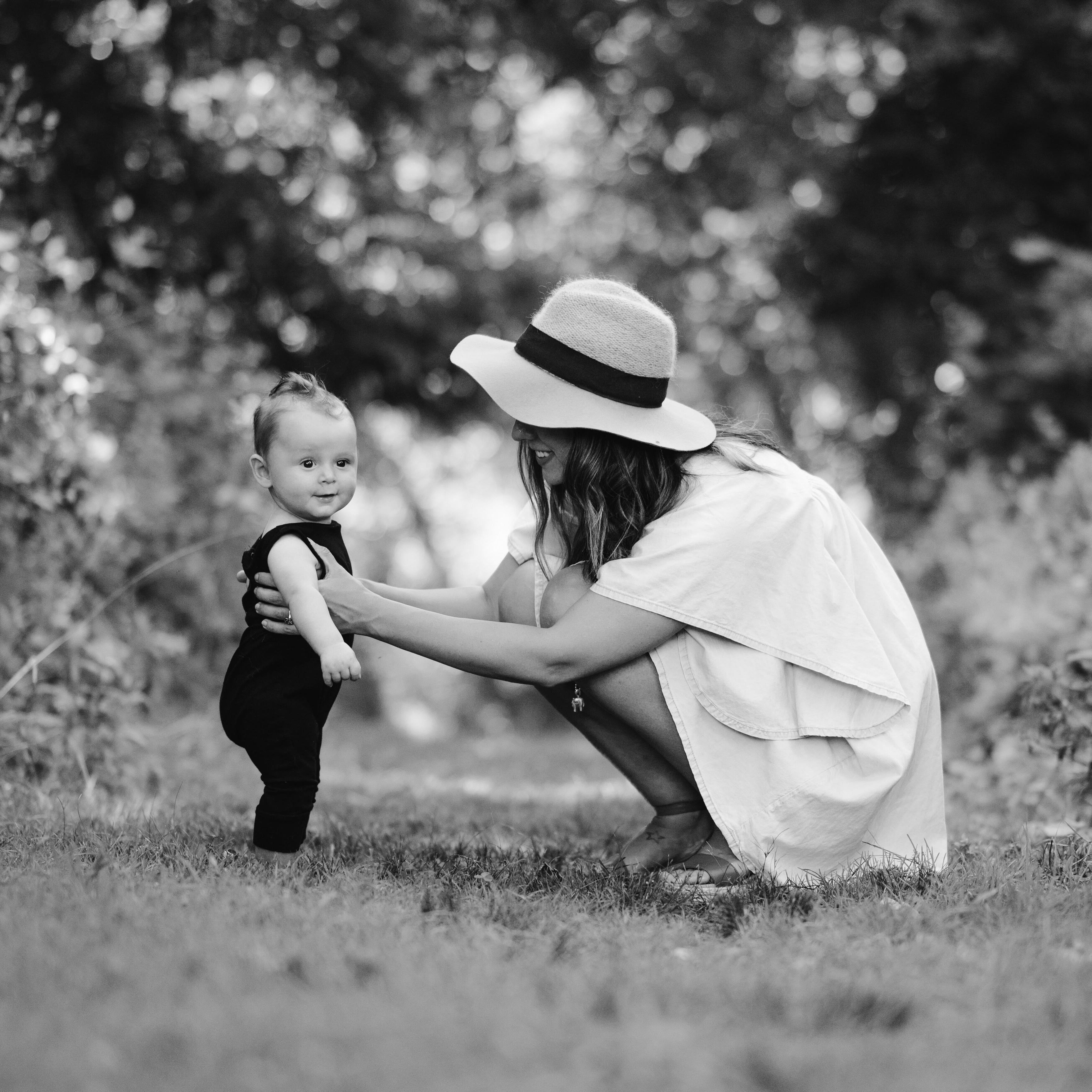The Importance of Playtime
As a former elementary teacher (now a stay-at-home mom of a nearly 3.5 year old), I often hear adults complain that children can’t sit still and focus. But here’s the thing, children aren’t meant to sit still for extended periods of time; they’re meant to move, explore, and play. While you may think that serious learning can’t possibly be achieved through play–understand that play and movement activate parts of the brain that can’t be accessed through just sitting with paper and pencil. Playing offers so many possibilities to teach your child many topics, from colors to scientific concepts, like making and testing a hypothesis. Learning through play doesn’t mean sitting back and doing nothing while your child pushes cars or builds with blocks. It’s about incorporating academic concepts into their play.
Why Play?
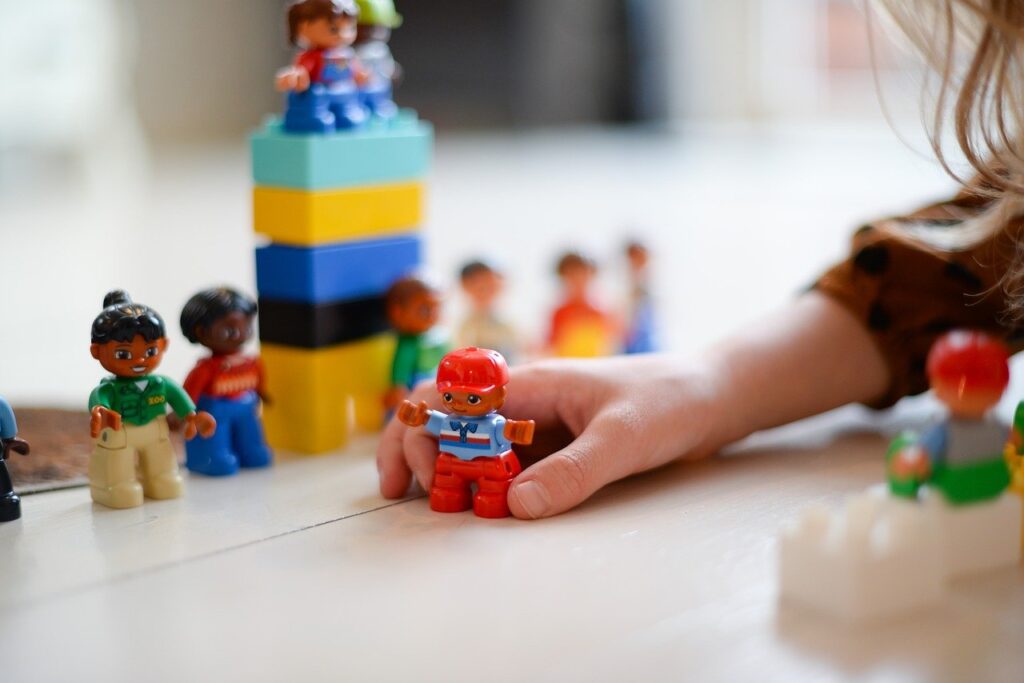
While you may be concerned that your child will be behind once they start formal schooling, I’m here to tell you that generally speaking, they won’t be. Don’t worry about your child knowing the entire alphabet or being able to count to 100 by the time they start Kindergarten. Most of us can’t remember when we learned those concepts, and in the grand scheme of things learning it earlier doesn’t make it better. My advice is to introduce concepts as a child shows interest and do so in fun, playful ways. I say to wait until there is interest; because that is when it is most likely to be absorbed into the brain. Think about when you, as an adult, find something that interests you–what do you do? You dive into that topic and learn more about it, and sometimes you become somewhat of an expert in that topic. Children are the same, just in miniature form. Once they start showing interest, watch out, they’re about to blow you away! Ever met a four year old obsessed with dinosaurs? How many dinos could he identify, tell you what they eat, and maybe even when they lived? It all stems from that initial interest in a subject. My son showed interest in numbers and counting around 2.5 years old. He would point to numbers wherever he saw them and either ask about it or say a random number in an attempt to show his knowledge. I took this interest, and I ran with it. I started counting aloud whenever possible; while cooking, putting away groceries, building with blocks, basically any time we did something together. I created activities with counting and found opportunities for him to practice his growing skills. And now at 3.5 years old, he is starting to show interest in letters. I’m following the same practice: pointing out letters when we see them, using physical model letters such as puzzles or purchased from small shops specifically for letter play. What we don’t do is sit down with flashcards and quiz knowledge. It isn’t fun for anyone and creates a structure that often causes stress and anxiety for many (adults included). Let’s stop with the daily grind of drilling our preschoolers with knowledge as fast as possible and instead nurture the one thing children are built for: play.
How to Play?
You can both nurture the play and get them ready for their life of education all at the same time. Pull out the playdough, peg puzzles (the ones with the little knobs on them), and cars. These three things will help build the foundation of writing. Playdough strengthens the hands and builds the muscles needed to write. Peg puzzles naturally guide the hand into the same position as holding a pencil. Driving cars, especially when following a track, builds the hand-eye coordination needed for writing and also readies the mind for creating letter shapes. All of these activities also aid in building language and vocabulary. You can talk about what the child is doing and how things feel. The more you talk, the more the child is taking in, and will begin using your vocabulary as part of their own.
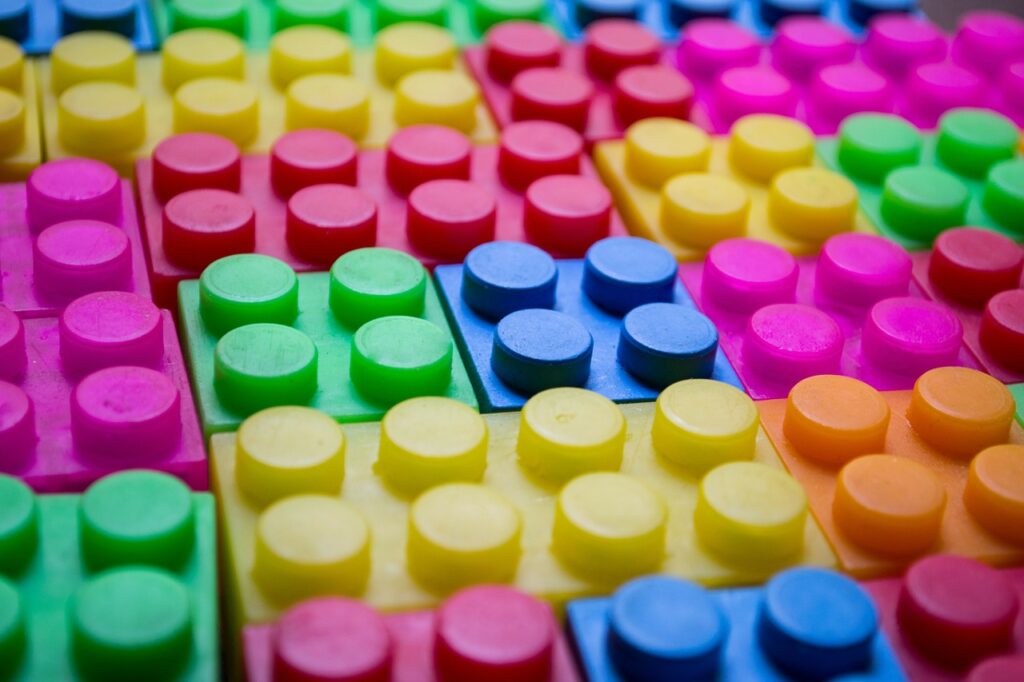
When searching for toys to inspire your child’s play, look for toys described as open-ended. This means that they have more than one way to play with them. Take blocks, for example, they can be used to build a tower, create roads, be food from a world class kitchen, or used to make a beautiful pattern. Why is this type of play needed? For one, it sparks the imagination, which is so important in the world of academics. Without it, we wouldn’t have our favorite fictional pieces of work, and we wouldn’t have scientists pushing the boundaries every day to come up with solutions to the problems the world faces. Our children will also learn spatial awareness, cause and effect, and social emotional life skills all through play. They will be some of the most simplistic versions of these skills, but that will be the building blocks of everything to come.
There are so many theories about the best way to teach our children. My favorite part of learning through play is there is no one “right” way to do it. Whether you’re setting up extensive invitations to play (which is just a fancy way to say play scenarios with a specific goal–like a bucket of water, ice, arctic animal figures, etc) or just sitting down with your child and a pile of blocks and just talking about everything you’re doing – “I’m putting the red block on top of the blue block“. Your child is learning. They’re learning from everything you say. They’re learning how high blocks can be stacked before they topple over. They’re learning that if they put a toy in water it will become wet. Every experience in our life is learning, whether intended or not. Our children are only young once, so let their job be to play and learn. But don’t limit their learning experiences to paperwork. Maria Montessori said it best “Play is the work of a child.”
Resources
Sometimes seeing it in action helps make more sense of a concept. If you’re feeling overwhelmed in where to start or need some inspiration, these are some of my favorite places to pull inspiration from:
– Instagram: Filled with hundreds of play based learning accounts, you will find all kinds of inspiration and step-by-step setups for setting up fun, educational play scenarios. I run the page @littletoddlersbigworld and my favorite hashtags for inspiration are #MontesorriInspired #PlayBasedLearning #HandsOnLearning
– Pinterest: A classic go-to for all things DIY & crafts also holds so many fun children’s activities. Search play based learning or PreK science for educational fun.
– Tinkergarten: A nine-week outdoor learning course that focuses on exploring and learning at each child’s pace. Along with their course, they offer a free monthly calendar with daily play ideas https://tinkergarten.com/rc/libbiek5943

